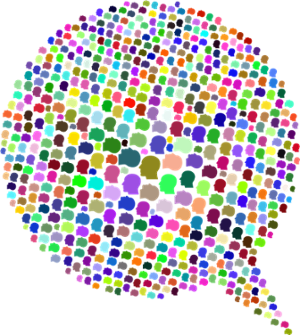Research project
On the representation of quantity: how our brains shape language
This project investigates properties of quantity expressions across languages from the perspective of how quantity is represented in the human brain.
- Duration
- 2023 - 2027
- Contact
- Jenny Doetjes
- Funding
- NWO Open Competition

Even languages that are not genetically related to each other may share certain linguistic properties. For instance, expressions that express large quantities and that combine with mass nouns (a lot of water), often also combine with count nouns (a lot of apples) and with verbs (to work a lot). This pattern is not only found in English and related Indo-European languages, but also in for instance Indonesian (Austronesian) and Paraguayan Guaraní (Tupi). Where do such patterns come from? As the similarities occur in unrelated languages, it is plausible that they are facilitated by properties of human cognition.
This project investigates properties of quantity expressions across languages from the perspective of how quantity is represented in the human brain. The representation of quantity is a particularly promising domain for gaining insight in the relation between language and cognition. The ways in which quantities are represented are well-studied both from a cognitive and a linguistic point of view. Yet, the relation between the two types of representations has not been explored in a systematic way for a representative sample of languages. This project aims at identifying how and to what extent the mental representation of quantity determines its linguistic expression, thus seeking to connect results from cognitive research on quantity representation in our brains to properties of natural language.
Studies with infants offer strong evidence for the existence of innate knowledge systems that are at the basis of further learning (Spelke and Kinzler, 2007). These include systems for the representation of inanimate objects and agents as well as systems for quantity representation. Two factors that interact with quantity representations are size (small vs large quantities) and individuation (discrete quantities or numbers vs continuous quantities such as volume and surface area) (Feigenson et al. 2002, 2004).
The project will test the cross-linguistic validity of cognitively motivated hypotheses on the effect of quantity size (e.g., a bit vs a lot) and the role of individuation (discrete vs continuous quantities; e.g., a number of books vs a quantity of water) on the properties of quantity expressions across languages. In doing so, we will create a cross-linguistic database of quantity expressions and perform parallel psycholinguistic experiments in unrelated languages.
*Image by Gordon Johnson from Pixabay
